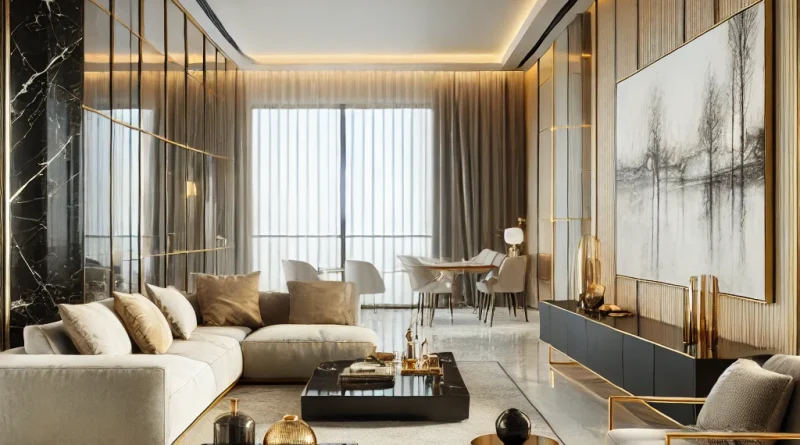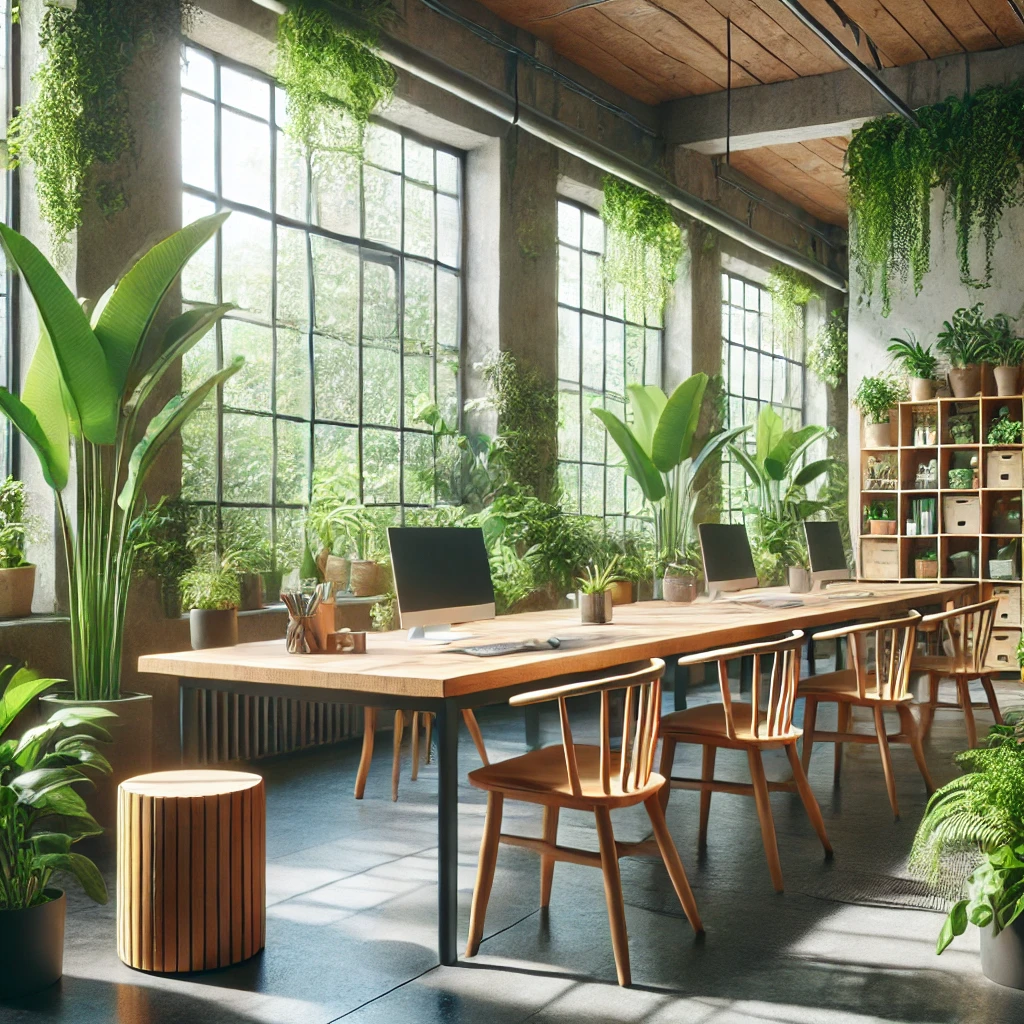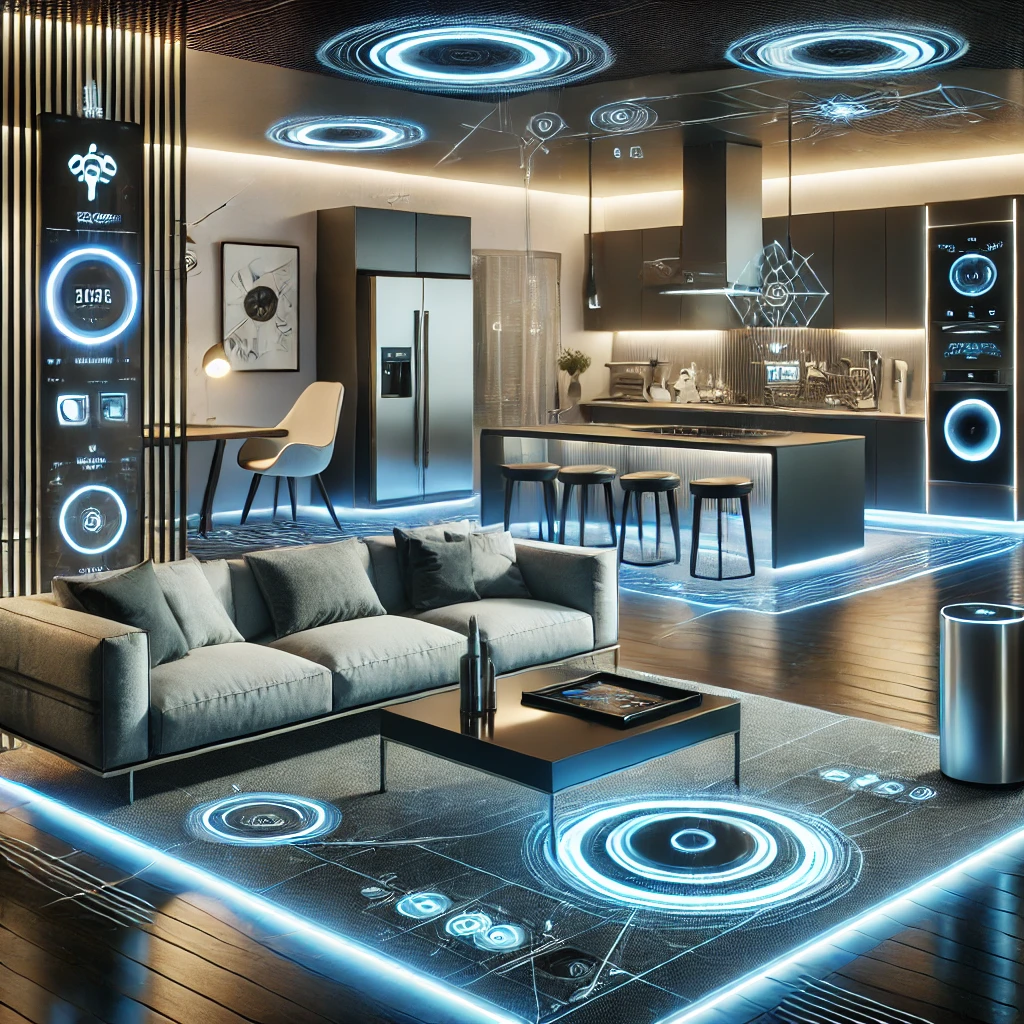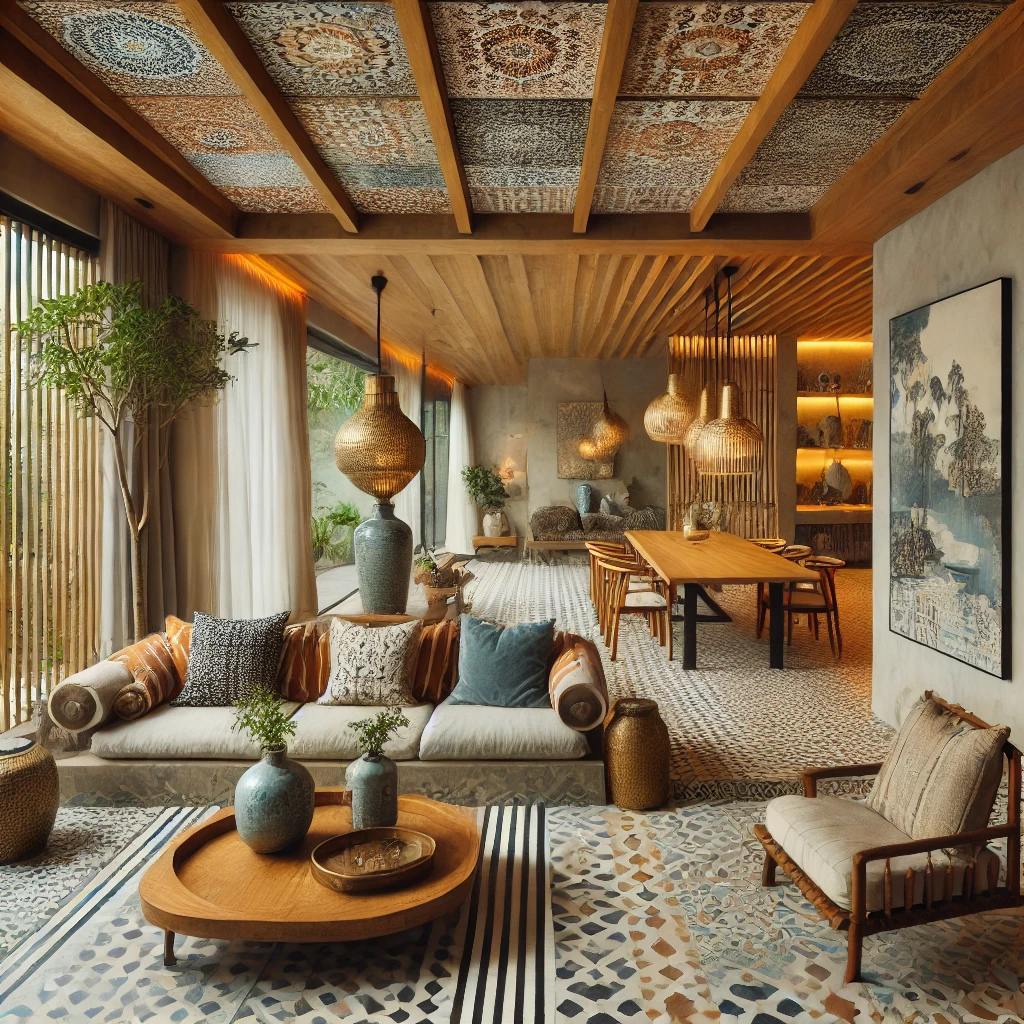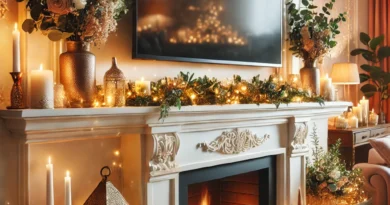Sophisticated Unique Design Trends
In an era where creativity meets innovation, design trends constantly evolve, shaping industries and lifestyles. From architecture to interior decor, fashion to digital interfaces, sophisticated unique design trends set the benchmark for aesthetics, functionality, and personalization. This article explores the latest design trends that redefine sophistication and uniqueness in various fields.
1. Minimalist Luxury: The Art of Subtle Elegance
Embracing Simplicity with High-End Touches:Minimalist luxury is a trend that merges simplicity with high-end elements. The focus is on clean lines, neutral palettes, and quality materials such as marble, wood, and brass.
Key Features:
- Neutral color schemes with a pop of rich accents.
- Premium materials like velvet, gold, and quartz.
- Decluttered spaces with functional yet stylish furniture.
2. Biophilic Design: Bringing Nature Indoors
Integrating Organic Elements into Spaces:Biophilic design incorporates natural elements to create a harmonious environment that promotes well-being. This trend is seen in architecture, interiors, and even digital design.
Key Features:
- Green walls and indoor plants.
- Natural lighting and ventilation.
- Sustainable, organic materials like bamboo and stone.
3. Digital Maximalism: Bold and Expressive Aesthetics
A Shift Towards Vibrant, Playful Digital Designs:In contrast to minimalism, digital maximalism embraces vibrant colors, intricate patterns, and dynamic typography to create immersive experiences.
Key Features:
- Bold, neon-inspired color palettes.
- Layered textures and 3D elements.
- Engaging UI/UX design with interactive visuals.
4. Retro Futurism: Nostalgia Meets Innovation
Reimagining the Past with a Futuristic Twist:Retro-futurism combines vintage aesthetics with modern technology, creating nostalgic and forward-thinking designs.
Key Features:
- 80s and 90s inspired neon lights.
- Metallic finishes with space-age elements.
- A blend of old-school typography with futuristic digital effects.
5. Sustainable and Ethical Design: A Conscious Approach
Designing with Responsibility and Sustainability:Sustainability is no longer just a trend but a necessity. The ethical design focuses on eco-friendly materials and production methods that reduce environmental impact
Key Features:
- Use of recycled and biodegradable materials.
- Energy-efficient lighting and sustainable textiles.
- Ethical sourcing and fair-trade craftsmanship.
6. Smart and Adaptive Spaces: Tech-Driven Design Evolution
Integrating Technology for Functional Elegance:The rise of smart homes and adaptive workspaces has led to designs prioritizing efficiency while maintaining aesthetics.
Key Features:
- Voice-activated lighting and temperature controls.
- Multi-functional furniture with hidden storage.
- Smart glass that adapts to lighting conditions.
7. Cultural Fusion in Design: Celebrating Diversity
Blending Global Influences for Unique AestheticsDesigners are increasingly drawing inspiration from different cultures, merging styles to create unique, harmonious compositions.
Key Features:
- Traditional patterns with modern interpretations.
- Mixing textiles and decor elements from different cultures.
- A celebration of craftsmanship from around the world.
Conclusion: The Future of Sophisticated Design
As we move towards a more connected, sustainable, and aesthetically conscious world, sophisticated design trends continue to evolve. Whether it’s through embracing minimalism, sustainability, or digital expression, these trends set the stage for a future where beauty and function coexist seamlessly.

